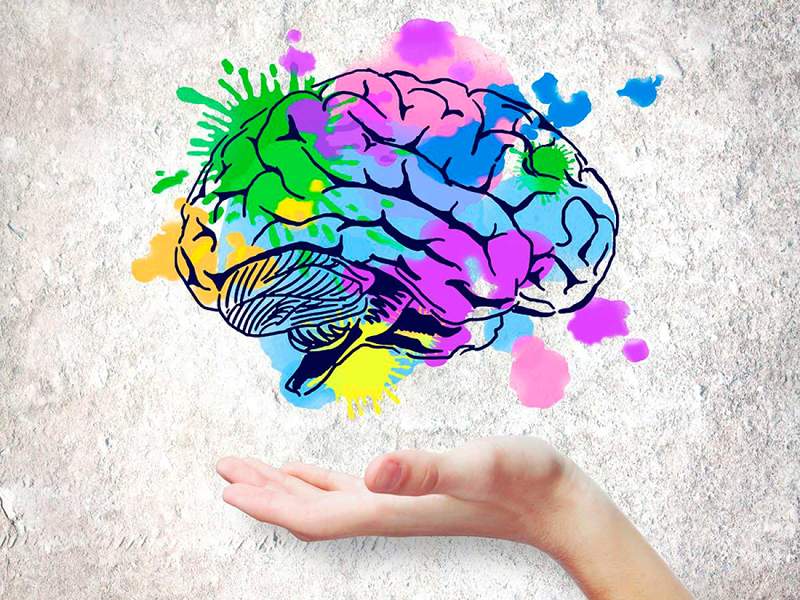Brain neuroplasticity

- 3875
- 196
- Perry Hirthe
Neuroplasticity is surprising ability of the brain to change and adapt. It refers to the physiological changes that happen as a result of our interactions with the environment. Thanks to this process our neurons are able to change their connections and behavior in response to new information, sensory stimulation, development, damage or dysfunction.
What is neuroplasticity?
From the moment the brain begins to develop in the maternal uterus and until the day we die, the connections between the neurons are reorganized in response to our changing needs. This dynamic process allows us to learn and adapt to different experiences.
Our brains are constantly molded thanks to the experience. Most of us have very different behaviors and thoughts today that 20 years ago. This change is neuroplasticity in action, because We generate changes in the structure and organization of the brain as we experience, learn and adapt.
With each repetition of a thought or emotion, we reinforce a neuronal path, and With each new thought, we begin to create a new way of being. These small changes, frequently repeated, lead to real changes in the functioning of our brain.
Neuroplasticity is part of the development of the brain; The things we often strengthen our neuronal synapses, and those that are not fading due to lack of use. That is the physical basis of why having a thought or performing an action again and again increases its power over us and changes us. Over time, everything we have had to do in a forced way, becomes automatic (such as driving) and becomes part of us. We literally become what we think and do.
Neuroplasticity is active throughout life. The connections within the brain become stronger and faster, depending on what is being used. Younger people change more easily, since their brains are very plastic. As we age, the change is not so easy, the brain loses part of its plasticity and becomes more fixed on how we think, learn and perceive, but it does not mean that there are changes, much less.
Since the brain is essential for everything we think and do, by taking advantage of neuroplasticity we can improve everything we do and think. If we are really motivated and delivered, at any time we can take control of our mind.
Neuroplasticity and brain injuries
Neuroplasticity is a determining factor in recovery after a brain injury, if there were not, all the physical and cognitive rehabilitation practices that are carried out would not make sense. It is for this reason that all rehabilitation aims try to rebuild connections between nerve or neurons cells. This "re-cable" of the brain can make it possible for a function that was previously executed through an area now damaged, generated by another unlawful area. Fortunately, these connections between cells are infinitely receptive to this type of exchange and expansion.
On the other hand, recent investigations have shown that Neurogenesis or creation of new neurons continues throughout our, although above all in certain specific areas of the brain. Thus, researchers are exploring ways to identify these areas of the brain where new cells develop, discover how to promote or inhibit neurogenesis, and learn how new neurons can become part of a functional brain. The hope is that this information finally helps people to recover better from a brain injury.
- « Walter Mischel Malvavisco test and the benefits of self -control
- 101 words and phrases of sadness, sorrow and melancholy. Messages to overcome your saddest days »

